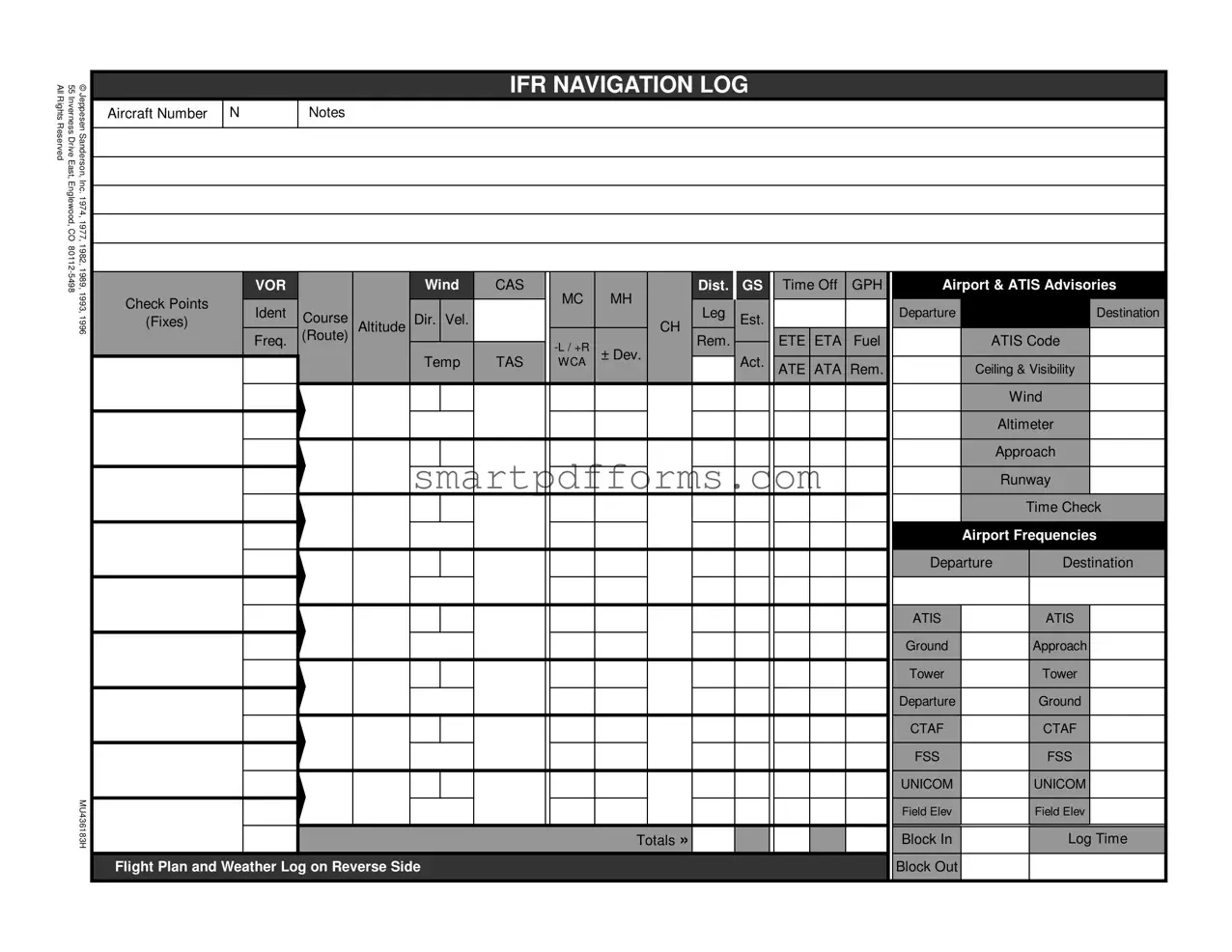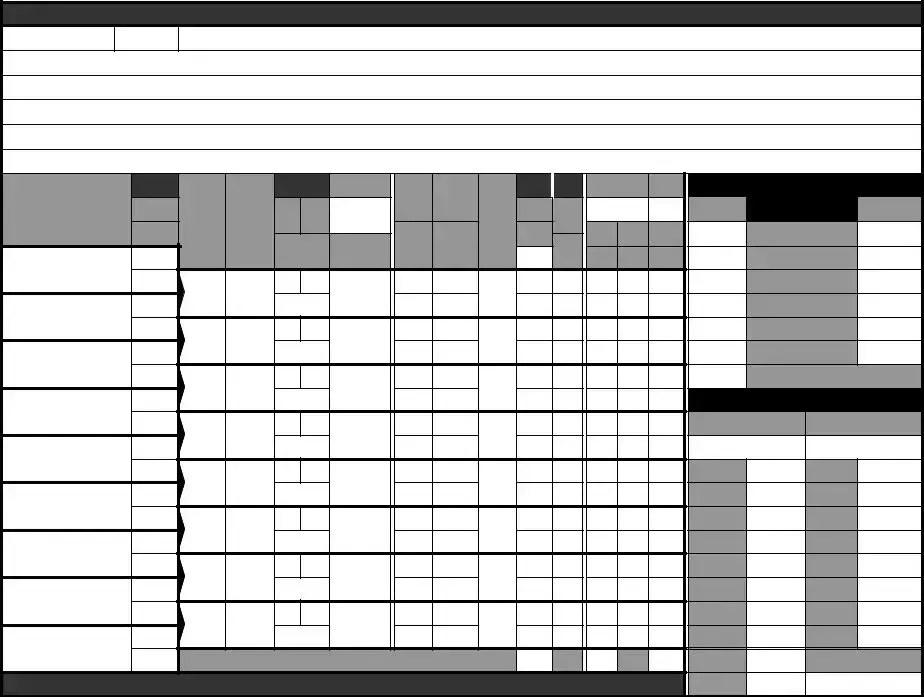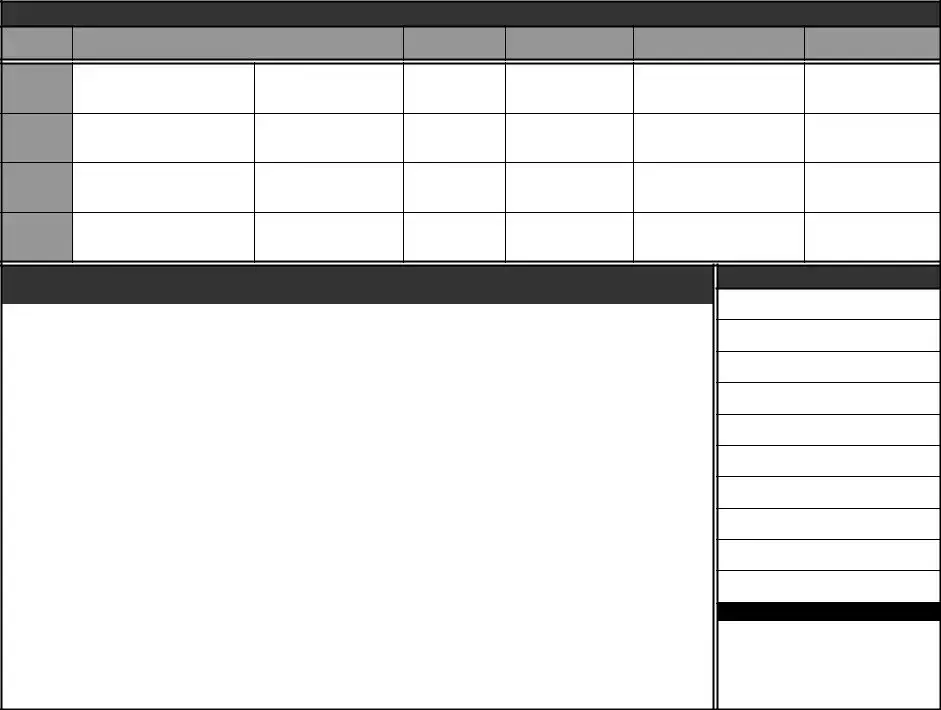Blank Ifr Navigation Log PDF Template
The IFR Navigation Log form is a crucial document for pilots navigating under Instrument Flight Rules (IFR). It encompasses comprehensive details such as the aircraft number, departure and destination airports, course, estimated time en route, weather logs, fuel calculations, and more, serving as a methodical guide for flight preparation and execution. For pilots preparing for an IFR flight, ensuring this form is thoroughly completed is vital for safety and regulatory compliance. Ready to start filling out your IFR Navigation Log? Click the button below.
Make This Document Now


